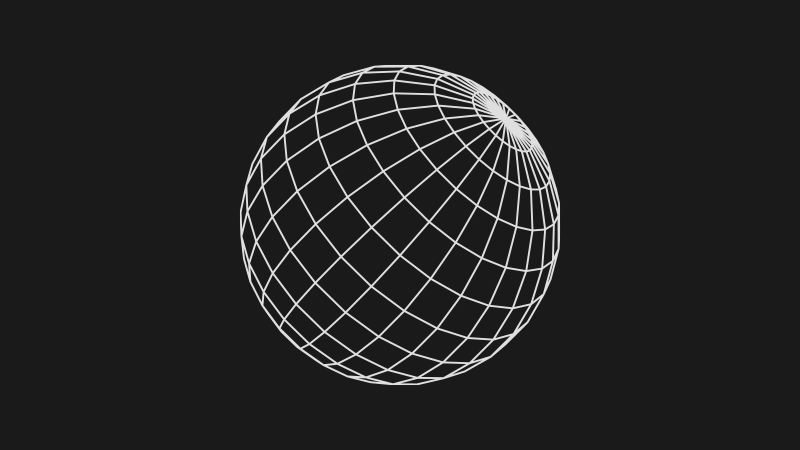Business & Technical Writing
Documentation of complex business or technical information and processes including reports, executive summaries, policies, manuals, briefs, online help, case studies, product descriptions, and process maps.
Digital Cloak works closely with clients who require help with both business and technical writing. Our writers can develop system-related documentation, work with you to sustainably capture intellectual knowledge, or simply help you get the word out.
Digital Cloak is a small company comprised of many highly-skilled teams, among which we believe are some of the most competent technical writers in the business. Because of our small size, our writers are flexible and can follow a holistic process to determine your needs, making certain that our approach will solve the problem at hand.
How We Do It

Digital Cloak Provides Experienced, Professional Writers
Digital Cloak offers professional writers who follow a structured process that is applicable to any type of business or technical documentation.
Our staff of writers understands industry concepts such as:
- The Document Development Lifecycle (DDLC)
- Topic-based authoring and the tools and methods that support it
- How to develop and use style guides and style sheets, and why they’re important
- How to develop different types of documentation to solve a variety of business problems
- The importance of understanding the publication and/or distribution process before writing begins
Our writers are experienced with and can use a variety of tools depending upon the need, including modular authoring tools.
Our Business/Technical Writing Process
Digital Cloak closely follows the DDLC when developing technical or business documentation for our clients. The amount of time we spend on any phase is dictated by the quantity of material being produced and whether or not the documentation is new versus just being updated.
Phase 1: Analyze
We meet with our clients to determine the scope of a requested document, to develop a plan for its delivery, and where applicable, to identify any changes since the last development cycle (if the document is an update).
Phase 2: Design
We establish all the design parameters and agree on the tools, templates, and style guides that apply.
Phase 3: Develop Content
We develop the content based on the research and the design decisions made in the first two phases. Based on the outline, we develop an initial draft using all available sources of information, conducting follow-on research and interviews when/if required. We also develop all of the visuals to support the content during this step.
Phase 4: Review
- Fact-checking
- Editing to ensure the 4Cs: consistency, clarity, conciseness, and completeness
- SME Review: where possible, we prefer to have a SME review the document to check content, including data, illustrations, and images, for accuracy
- Client Review
Phase 5: Publish
We publish or coordinate publication as desired. Depending upon the project, this may include:
- Delivering both source and consumable files
- Coordinating with applicable oversight offices or teams
- Posting to the Internet or an intranet
Phase 6: Maintain
Where applicable, we maintain documentation on behalf of our clients. Depending upon the project, we may:
- Develop a schedule for reviews/updates
- Establish a method for tracking change requests
- Establish a formal configuration management plan